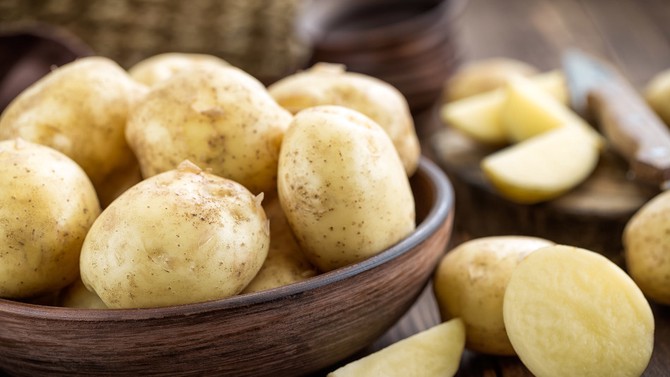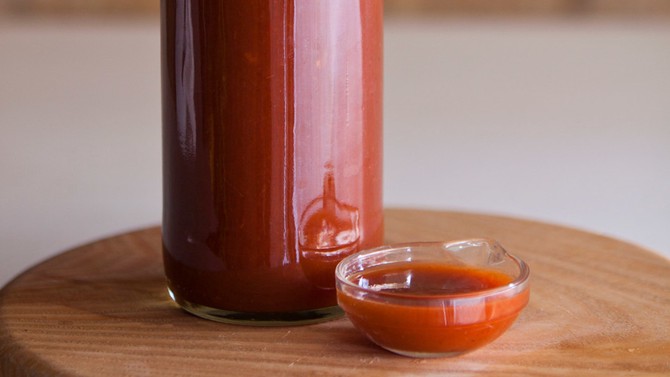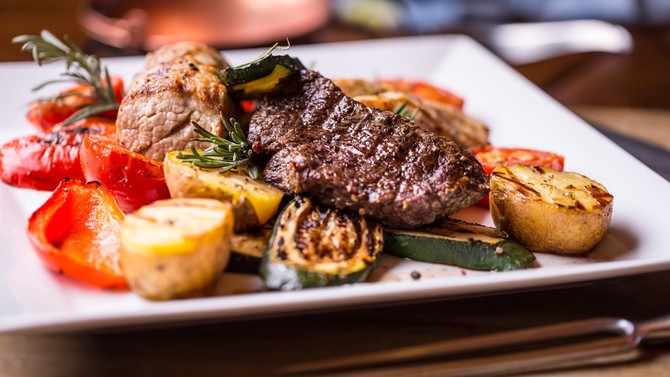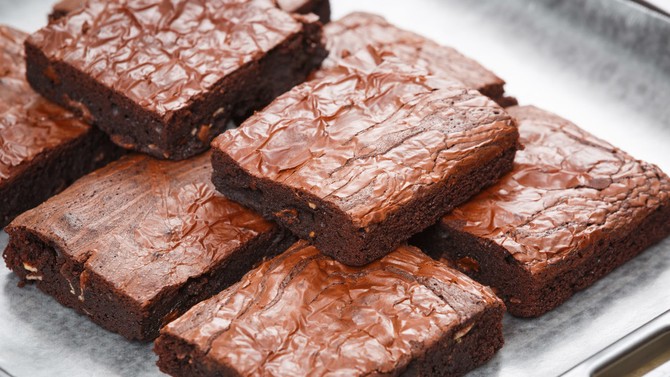5 Surprising Foods That Help You Lose Weight
A weight-loss eating plan isn't just about the stuff you can't have. These unexpected foods can help you slim down—and happen to taste great, too.
By Andrea Bartz

Photo: YelenaYemchuk/istock
White potatoes
Your instinct might be to avoid them, but white potatoes are actually fat-free and superfilling. As delicious carbs, they're notable alternatives to the bread basket...if you enjoy them baked, not fried, says Lauren Ott, RD, a dietitian in private practice in Houston. To keep the baked potato flavorful but still healthy, Ott tops hers with salsa and plain Greek yogurt instead of sour cream and butter. And how do they stack up against sweet potatoes, the other healthy spuds on the block? "White potatoes are equally as good," she says. "They just contain different nutrients—similar amounts of fiber and carbs, but sweet potatoes are higher in vitamins A and C, while white potatoes are higher in iron and potassium."

Photo: RBOZUK/istock
Hot sauce
Pass the sriracha! Chilies and other peppers that pack the heat contain capsaicin, a compound that has been found to temporarily increase your metabolism. "Plus, eating spicy food helps us feel more satisfied and eat less, because we're getting more flavor," Ott says. "If you eat a plain chicken breast, it's like, 'That was boring, what else can I eat?' But if it has lots of flavor, you're satisfied." So be bold: Sprinkle red pepper on your baked fish and add chili oil to that stir-fry.

Photo: MarianVejcik/istock
Pistachios
Ounce for ounce, pistachios are higher in calories than other snacking nuts, such as almonds or cashews. But the in-shell superfood makes up for it in a big way: Pistachios take longer to eat than naked nuts, and that slowed scarfing down results in a lower calorie intake, studies show. And there's another reason the crunchy snack can help keep you slim down: Researchers found that when you see a pile of empty shells in front of you, it tricks your brain into thinking you're indulging. In other words, "A serving of pistachios looks big in a bowl, but in the end, you're only eating a quarter-cup of nuts," Ott says.

Photo: Creativeye99/istock
Steak
"Good, clean sources of protein are key to weight loss," says Mary Gocke, RDN, CDN, director of nutrition at the Blum Center for Health in Rye Brook, NY. And while red meat gets a bad rap, there is a way for it to be a healthy choice. Ott recommends choosing high-quality, leaner cuts, such as top sirloin, and eating small portions in moderation—say, two to three ounces two to three times per week. (While there's no agreed-upon guideline for red meat consumption, the American Cancer Society suggests eating fewer than 18 ounces, or about six small servings, a week.) "Protein is by far the most filling nutrient,” says Ott. “Eating a high-protein diet can help you burn more calories, because it takes more calories to break down protein than any other nutrient."

Photo: Darkkong/istock
Brownies (yes, really)
"If you don't allow yourself to splurge every once in a while, you're much more likely to binge on that food in the future," says Ott. Science backs her up: A study in the Journal of the American College of Nutrition showed that people felt more satisfied after eating French fries than the same number of calories in the control pasta meal, while research from Cornell University found that when people get their hands on "healthy" food (in this case, a sub sandwich instead of a burger), they actually consumed more calories than when they ate unhealthy foods. To keep splurges under control, Ott uses the 80/20 rule: "Eat well 80 percent of the time, and don't worry about the other 20 percent." Or, for an even easier rule of thumb, enjoy one to two splurge foods a week, she says.
Published 06/29/2017
As a reminder, always consult your doctor for medical advice and treatment before starting any program.

